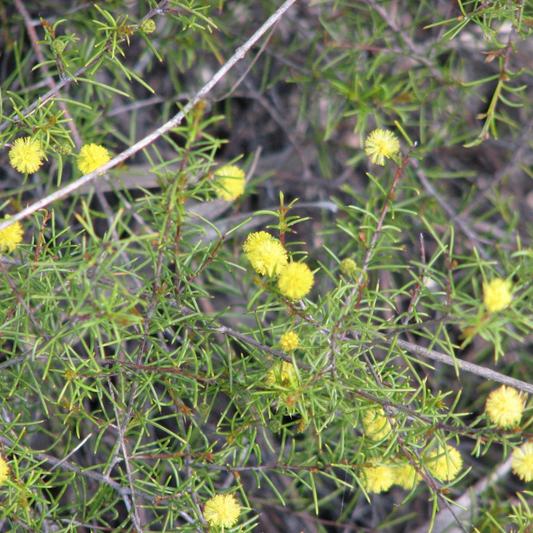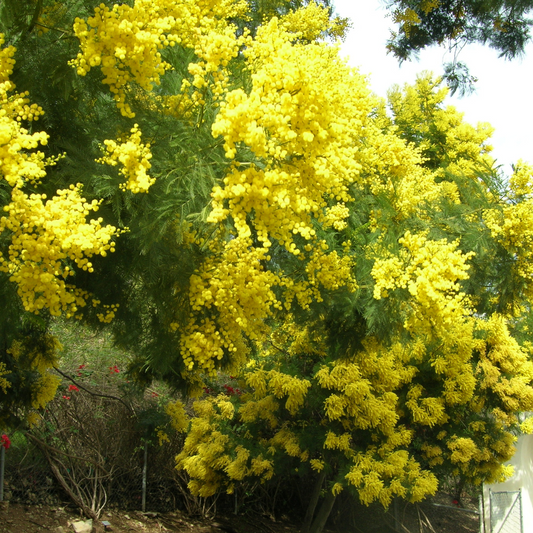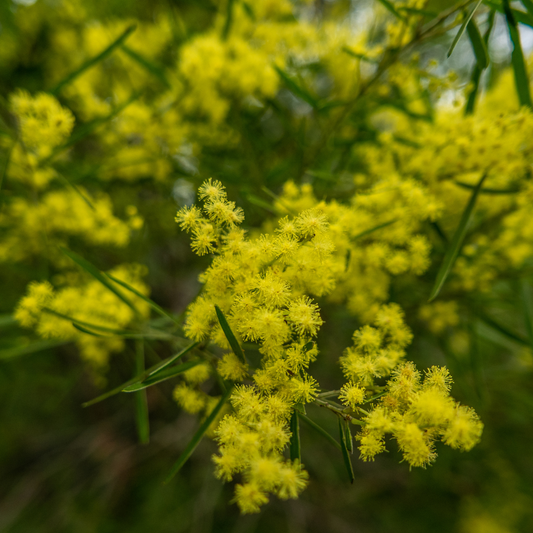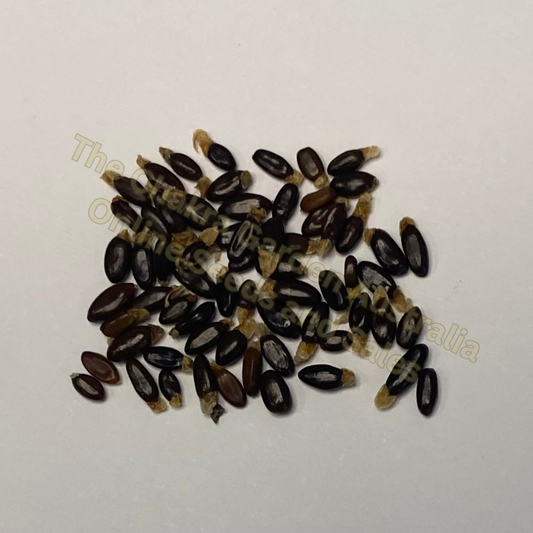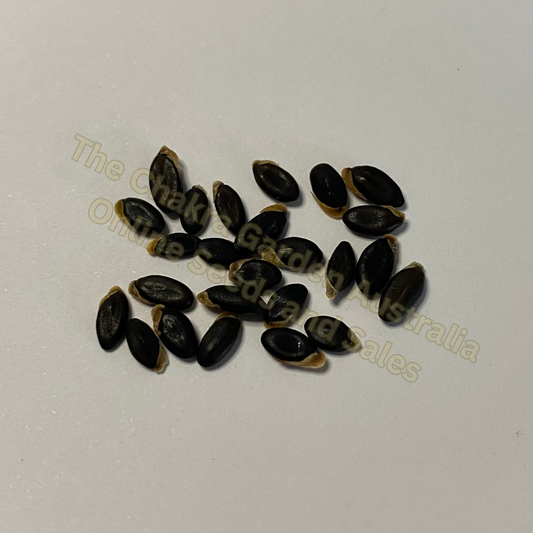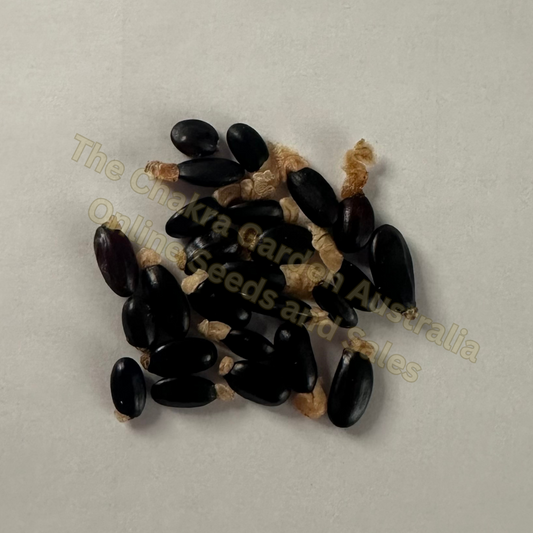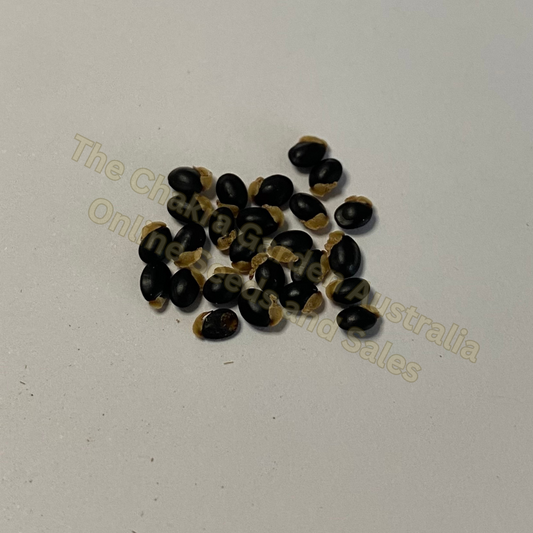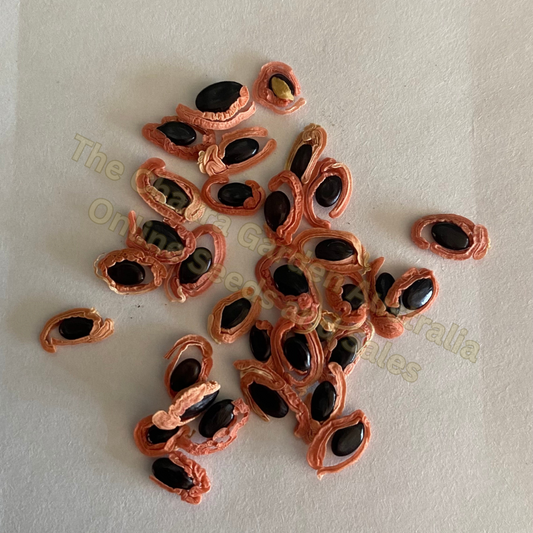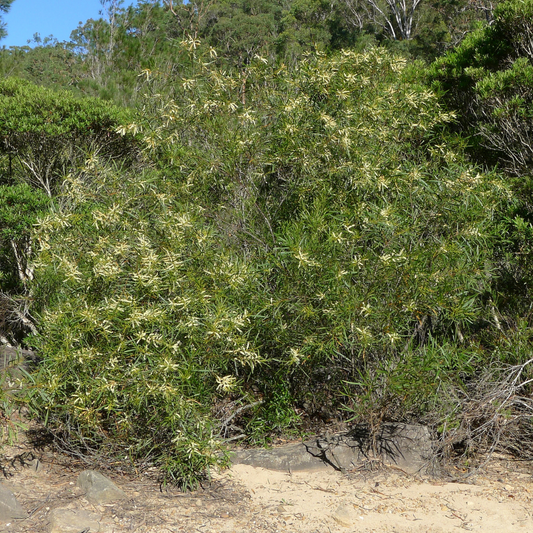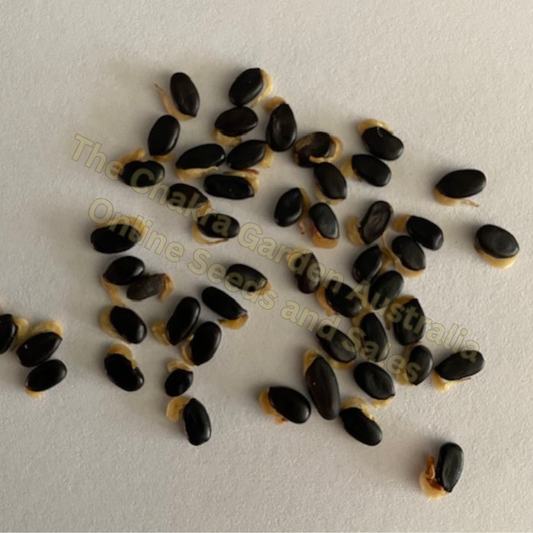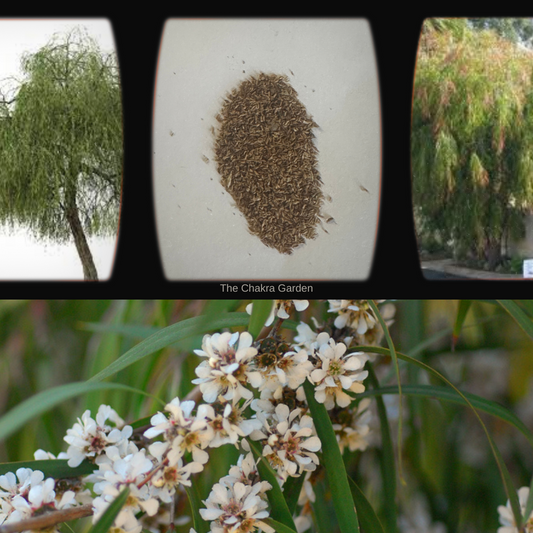Collection: Tree Seeds
The harsh nature of the Australian climate has caused many of our trees to adapt in different ways depending on the environment it is growing in. It is vital that trees be selected wisely as inappropriate species can cause all sorts of problems such as falling limbs and damage to pipes and pavements, or by their large eventual size. It is also very wise to choose species that are suited to the conditions that prevail in your garden and area. For instance, the to grow a gum tree, there are close to a thousand species to choose from ranging from sub-alpine snow gums to spectacular flowering gums from Western Australia or rainbow gums that thrive in the wet rainforests of tropical, northern Australia. Choosing a tree that will not be comfortable or happy in your area may lead to various struggles and problems.
Most people think of eucalypts when they think of Australian trees but some close relatives of the eucalypts are also terrific garden specimens. Angophora costata is an eventually very large tree that has a smooth, bronzed bark with a sensual quality that is rather alluring. Others include:
The Acacia species (wattles) which also provide some drought tolerant yet tremendously showy trees for the garden. The silvery Acacia Podalyriifolia is used as much for environmental management as for it’s ornamental display. Wattles are very quick growing plants that are extremely useful for providing rapid results in establishing a new garden. They can be short lived compared to other trees, but if you plant your slower growing tree close to the faster growing wattle, you can use this to your advantage. The wattle will give some protection, and can be mulched when it reaches the end of its life to provide organic matter.
Melaleuca species (Paperbarks) are especially useful for areas with very poor drainage, as most species dwell in swamps in the wild. Many species carry attractive displays of bottlebrush-like flowers in addition to their remarkable, attractive papery bark. Some of the standouts include the spectacularly flowering “Snow in Summer” (Melaleuca linariifolia) and the pretty “Prickly Paperbark (Melaleuca styphelioides) which allows lawn to grow under it’s shady canopy.
Callistemon species have commonly been referred to as bottlebrushes because of their cylindrical, brush like flowers resembling a traditional bottle brush. There are about 50 known species and most grow equally well in pots, gardens and streetscapes, providing stunning displays of colours and textures.
Other trees include the She-Oaks: Casuarina and Allocasuarina, Silky Oaks (Grevillea Robusta) and the Brachychitons (Discolor and Populneus) - not only striking landscape plants but have also become popular in gardens and yards too. The Illawarra Flame Tree (Brachychiton Acerifolius) is known as one of the world’s most spectacular flowering trees as its name suggests. Lemon scented myrtle (Backhousia Citriodora) has now become widely cultivated for its aromatic foliage that is used for a multitude of culinary purposes in herbal fashion, and it is also an elegant smaller garden tree, with pretty clusters of fluffy cream flowers. Cordylines are another species that are now hugely popular in streets and gardens everywhere.
Australian trees can be practical in providing year-round shade, colourful displays, varying textures and scents, and in being useful for tools, food and medicines. When choosing which tree to plant, you would be wise to plan for the eventual height and spread, as well as how destructive the root system can be. A small plant from the nursery will look very different after a decade or more, so consider some options before buying and do your homework on size, soil, shade, pruning and watering.
-
Acacia Acinacea 'Gold Dust Wattle'-TREE-seeds
Regular price $4.44 AUDRegular priceUnit price / per -
Acacia brownii "Heath Wattle-TREES-50 seeds
Regular price $4.44 AUDRegular priceUnit price / per -
Acacia Decurrens-Black Wattle-BUSH TUCKA-seeds
Regular price $4.44 AUDRegular priceUnit price / per -
Acacia Falcata-'Sickle Wattle'-TREES-seeds
Regular price $4.44 AUDRegular priceUnit price / per -
Acacia Fimbriata-'Fringed Wattle'-TREE SEEDS-seeds
Regular price $4.44 AUDRegular priceUnit price / per -
Acacia Floribunda 'Gossamer Wattle'-TREES-seeds
Regular price $4.44 AUDRegular priceUnit price / per -
Acacia Hakeoides-'Hakea Wattle'-seeds
Regular price $4.44 AUDRegular priceUnit price / per -
Acacia Implexa "Lightwood"...treeseeds-25-seeds
Regular price $4.44 AUDRegular priceUnit price / per -
Acacia Longifolia-"Sydney Golden Wattle"-TREE seeds
Regular price $4.44 AUDRegular priceUnit price / per -
Acacia Mearnsii 'Black Wattle'-TREE-seeds
Regular price $4.44 AUDRegular priceUnit price / per -
Acacia Melanoxylon "Blackwood" -Therapeutic and Herbal-Seeds
Regular price $4.44 AUDRegular priceUnit price / per -
Acacia obtusifolia 'Stiff-leaf Wattle' seeds
Regular price $5.55 AUDRegular priceUnit price / per -
Acacia rubida-'Red-stemmed Wattle'-TREE SEEDS
Regular price $4.44 AUDRegular priceUnit price / per -
Acacia Salicina "Cooba" "Willow Wattle" -Seeds
Regular price $4.44 AUDRegular priceUnit price / per -
Acacia victoriae 'Gundabluey' 'Elegant Wattle'-EDIBLES-Seeds
Regular price $4.44 AUDRegular priceUnit price / per -
Agonis Flexuosa-'Willow Myrtle'-1000+seeds
Regular price $4.44 AUDRegular priceUnit price / per


